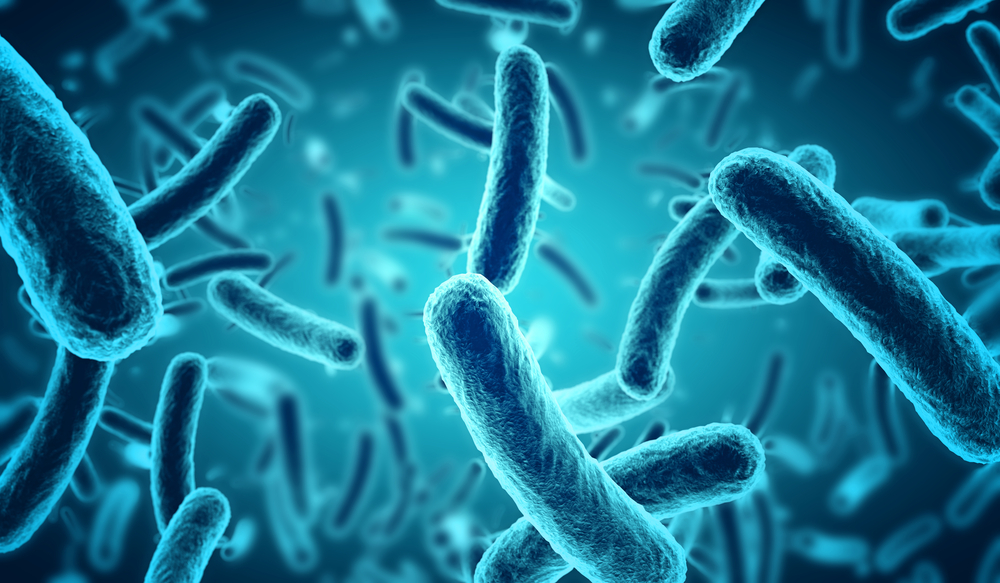Now Reading: Role of Microbial Forensics to Identify time since death
-
01
Role of Microbial Forensics to Identify time since death

Role of Microbial Forensics to Identify time since death
There are various types of microorganisms (virus, bacteria and many fungi) which are found on the earth. Some of these microorganisms are used in our daily life but number of bacteria, viruses and fungi posses health risk to humans, animals and plants also. Now a day, crimes are increasing with a higher rate so few people used these microorganisms, pathogens or toxins as bioweapons to attack on the innocents which have serious consequences on human health and economic development. These bioweapons are very dangerous because they can grown from a single cell. Creation of large quantity can be accomplished readily and at low cost. Thus, bioterrorism has become one of the major threat challenges of the 21st century.
MICROBIAL FORENSICS
Forensic science is the application of all sciences in the investigation of criminal and legal cases. The areas of science that are exploited diverse include biology, chemistry, physics and geology. One of the new field of forensics which are used now a days is microbial forensics. Microbial forensics term relates to analysing evidence from bioterrorism act, biocrime or accidental release of dangerous microorganism or toxins for legal purpose. This may also consider as fingerprinting of pathogenic agent, but the unique identification of microorgainism may never be possible because of insufficient data. On the basis of progress of the micro organisms during decomposition we can determination location of crime and the time of death of an individual.
ESTIMATING TIME SINCE DEATH
In forensics and low enforcement, accurate estimation of time of death are critical. Various medico legal contexts are used for determination of time of death of individual. Stage of decomposition is considered as the primary method for the determination of time of death of individual. Decomposition is basically depends on the biotic (bacteria, microbes and insets) and abiotic factors (weather, climate, humidity). Apart from this, change in algor mortis, rigor mortis, change in vitreous humor and soft tissue components also help in estimation of Post mortem interval. By examining the stages of insert colonies which are found on dead body, we can estimate the time of death of individual. But this method is possible only when the time span was too long that is around few days.
Apart from above, microbes have excellent potential for estimation of post-mortem interval. First, in different seasons as well as different locations, different types of microbes are produced. Therefore, microbes are used as ubiquitous physical evidence. Second, communities of microbes are often depends on environment. As like other organisms such as plants, environment has a great response on microbes. So which type of microbes are produced in which environment are documented along with which are produced in human gut, glacial till and food products.
In outdoor death scenes, a predictable change in microbial communities in the abdominal cavity, on the skin of the deceased, as well as in the soils was observed. Microbiome methods are used for capturing these community changes. Therefore, study of these microbes are used for the estimation of how long a human has been dead. In indoor crime scene, different kind of microbial communities are found.
Author: Ritu
Ritu has completed M.Sc. Forensic Science from Sam Higginbottom University of Agriculture, Technology and Sciences (SHUATS) Prayagraj and Graduation in Botany (H) from Delhi University. She has done training in CFSL, CBI & FSL Delhi in Physics and Chemistry Division. She also has real time scenario experience during her training with Delhi mobile crime team.










